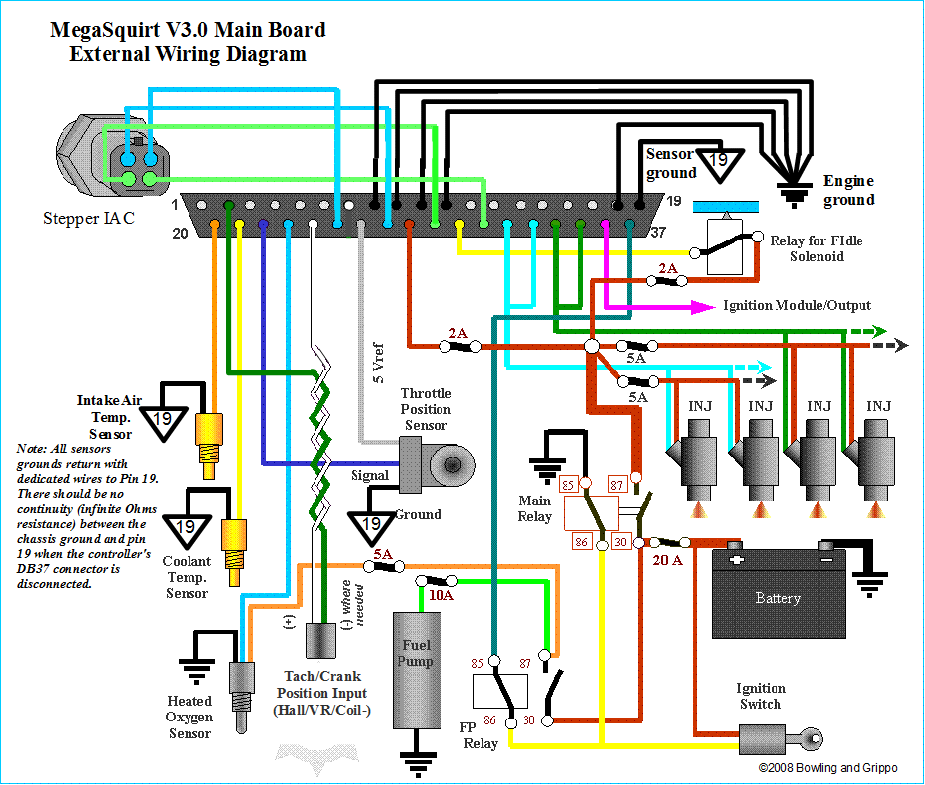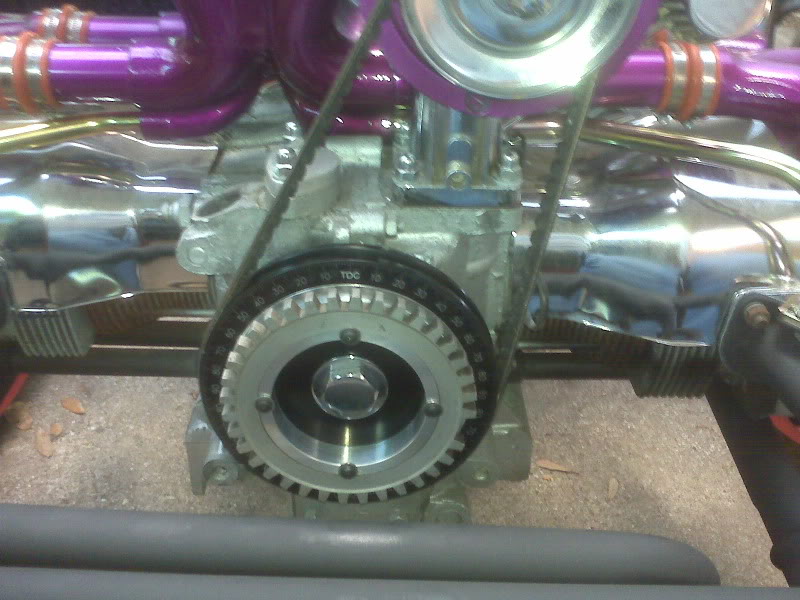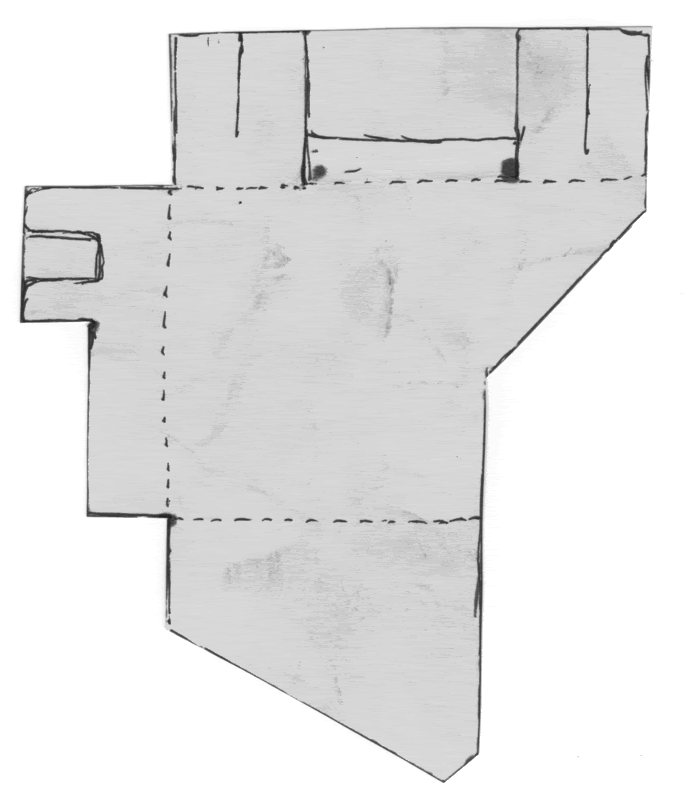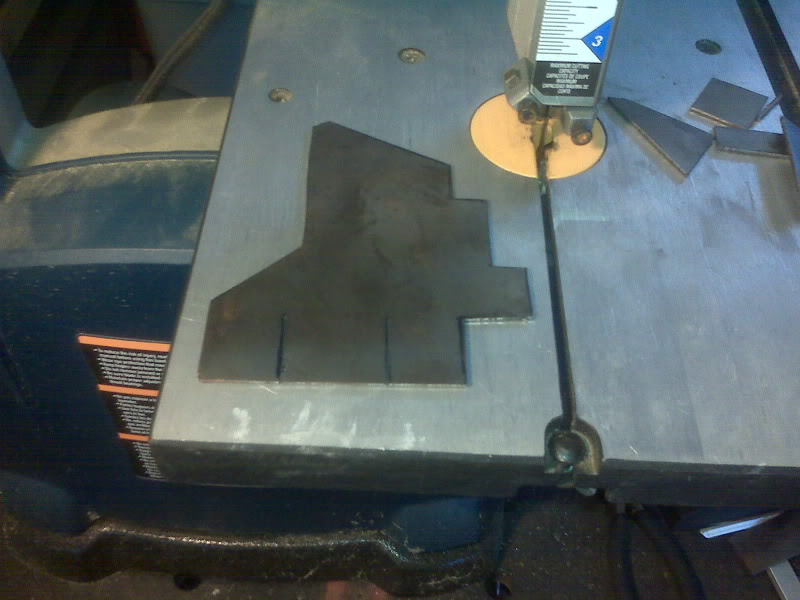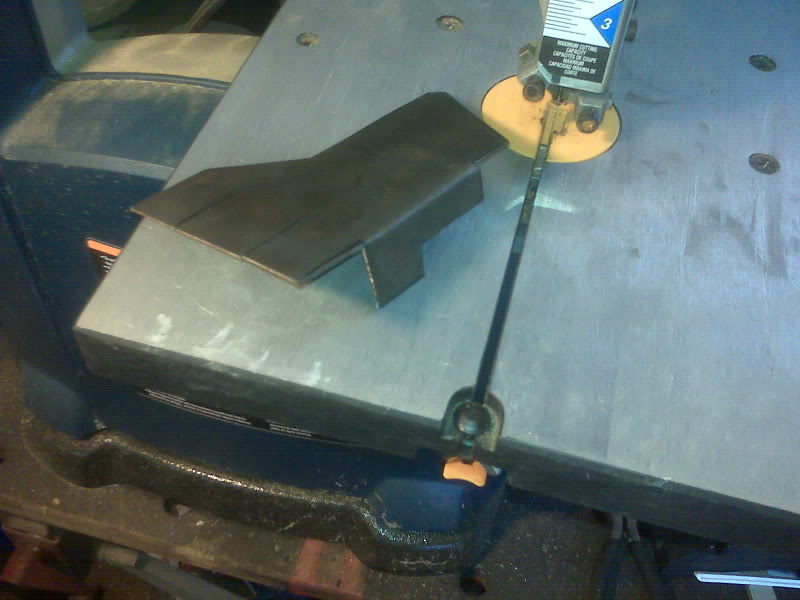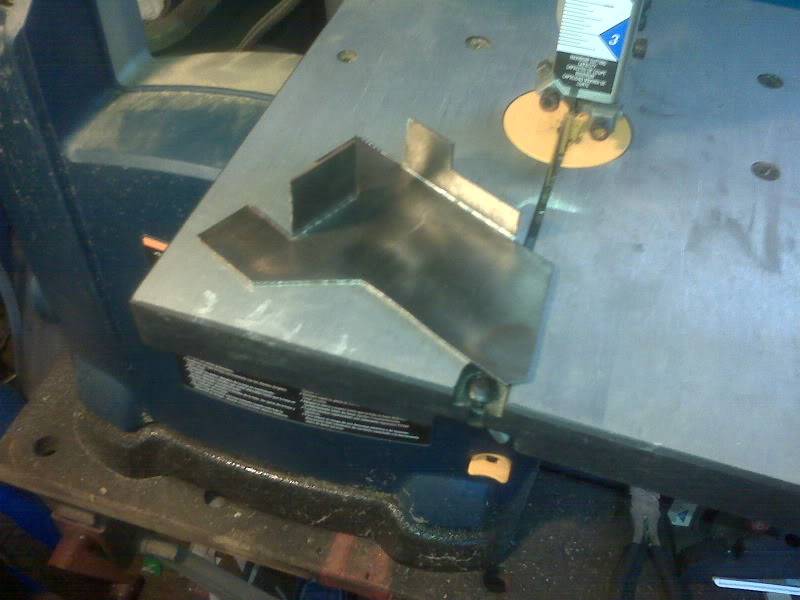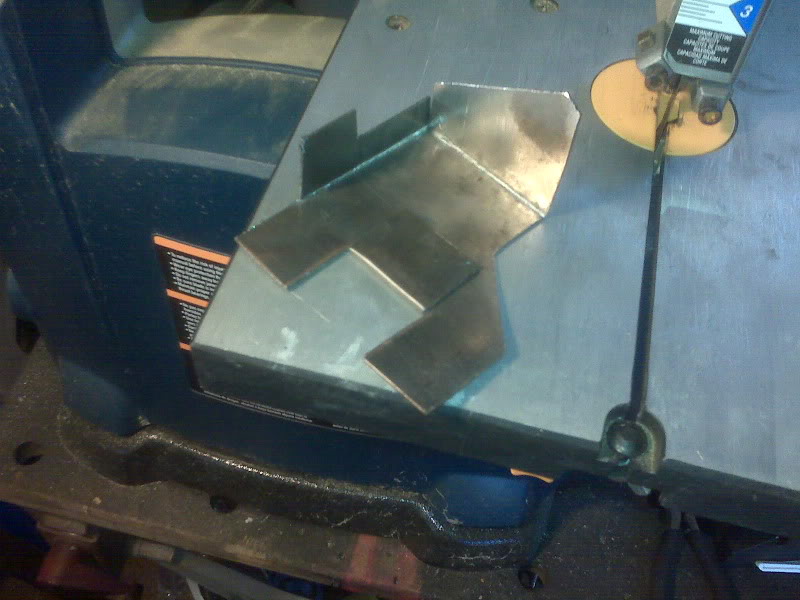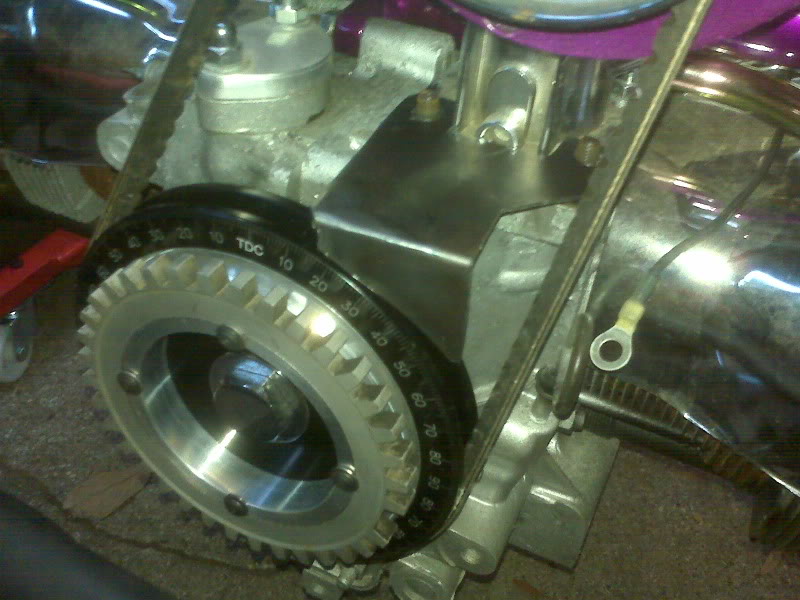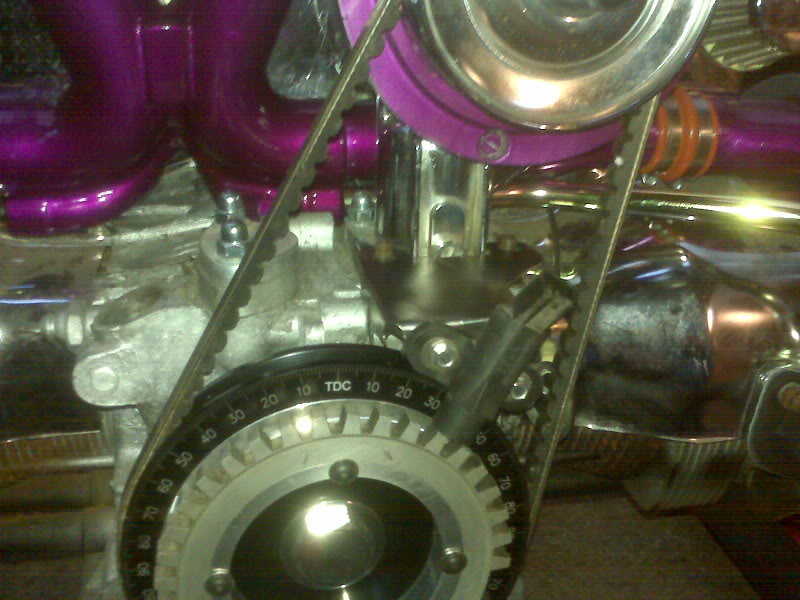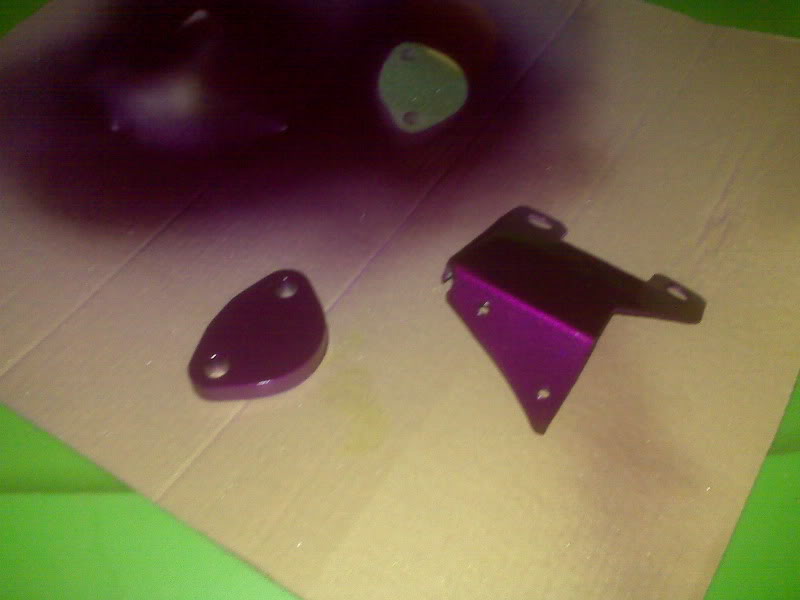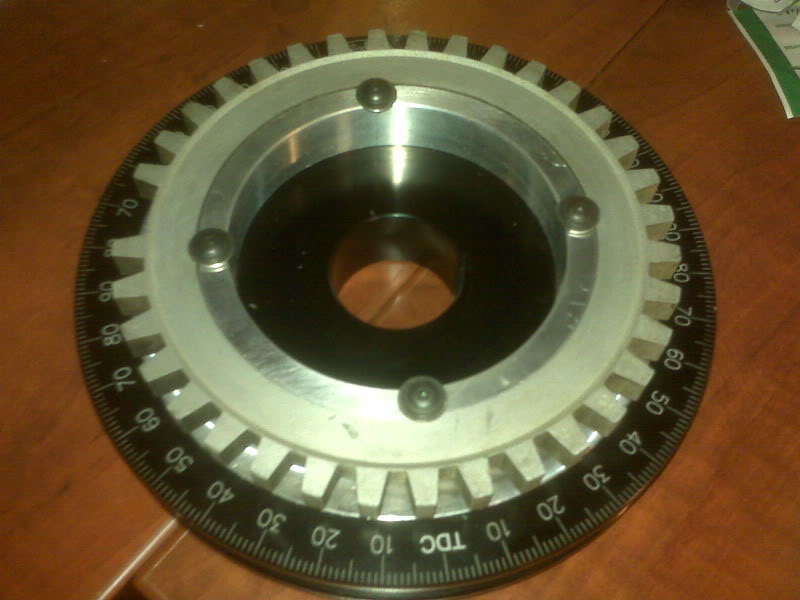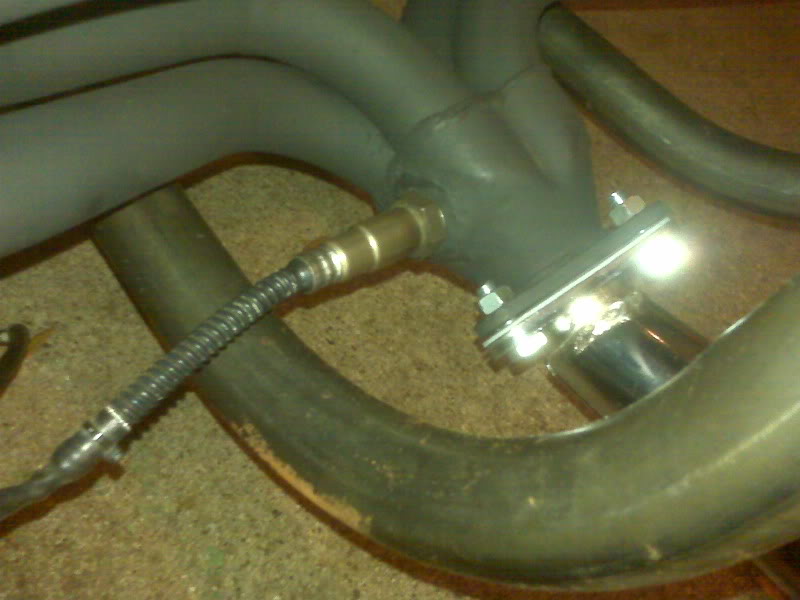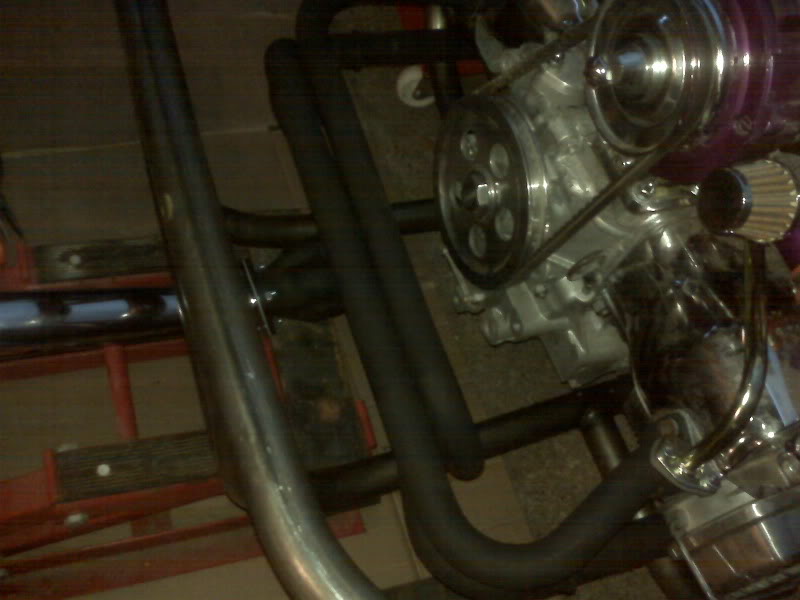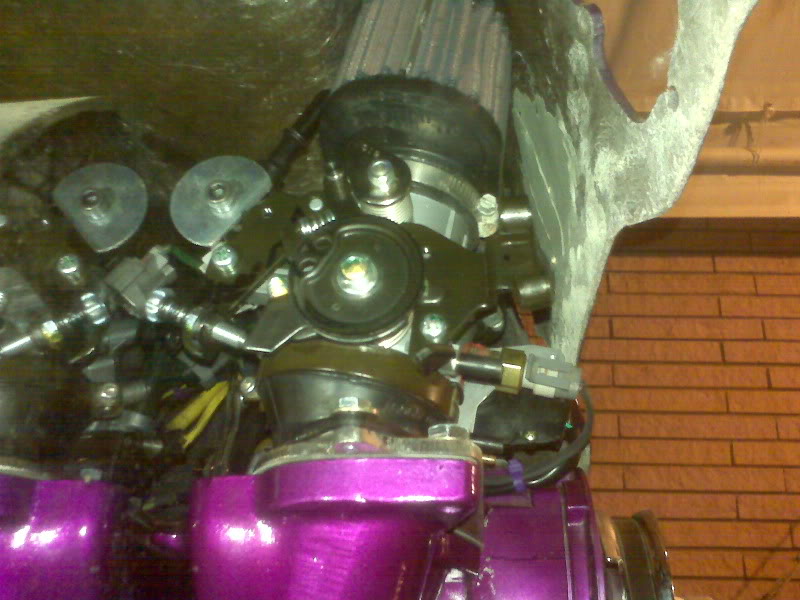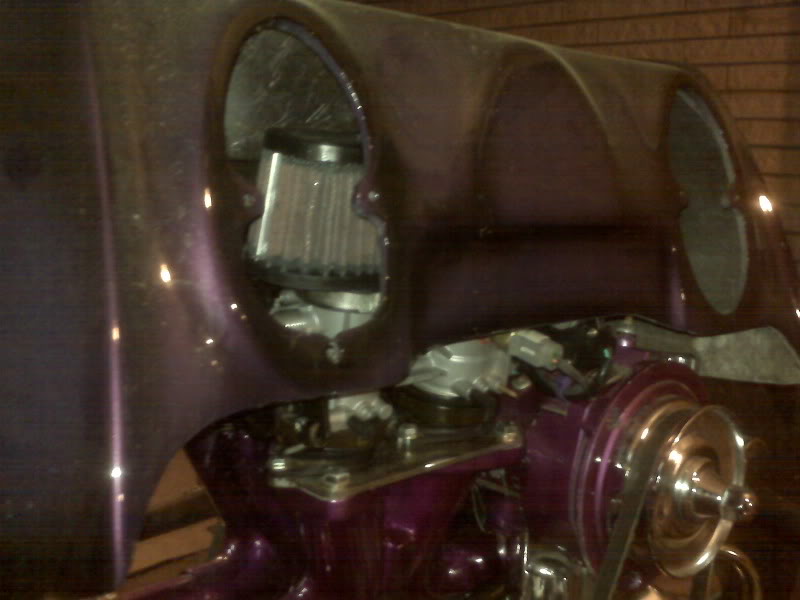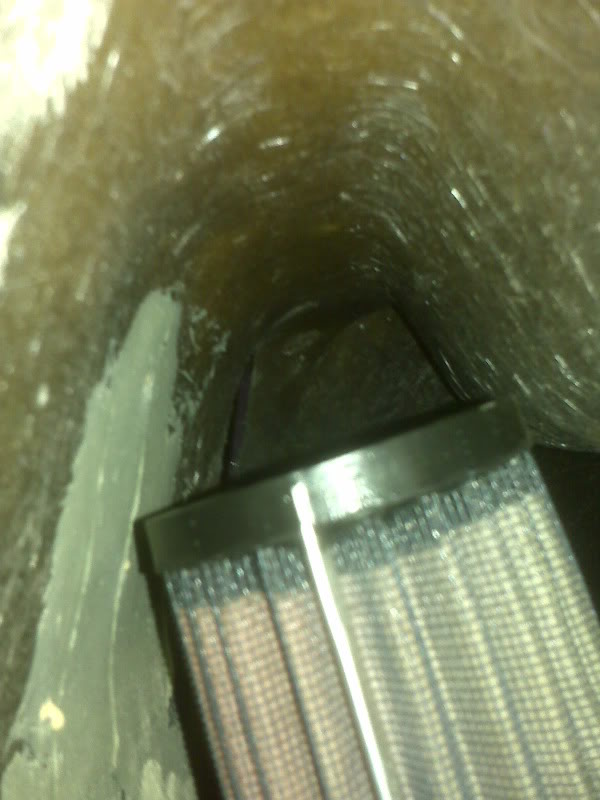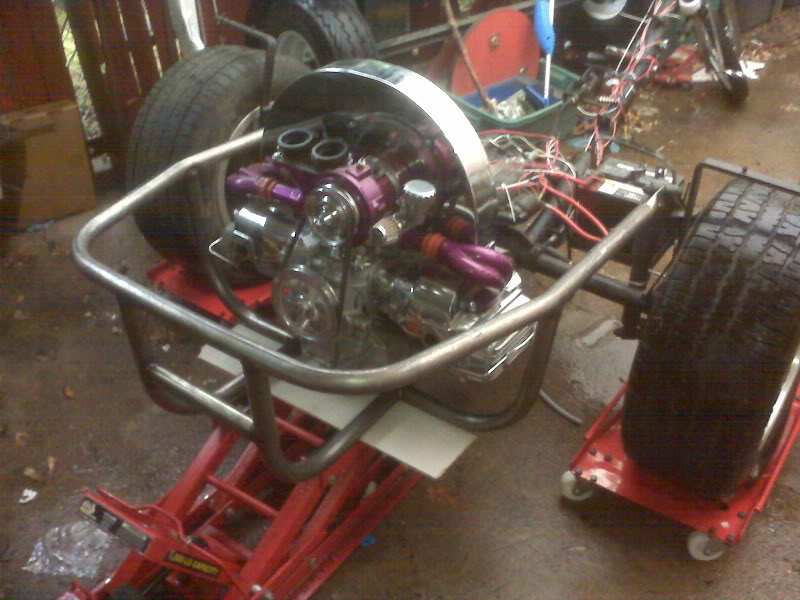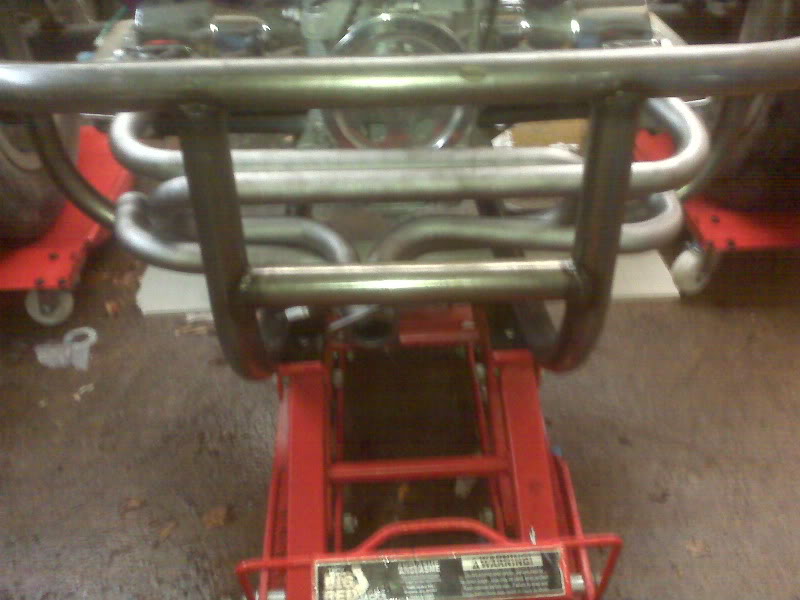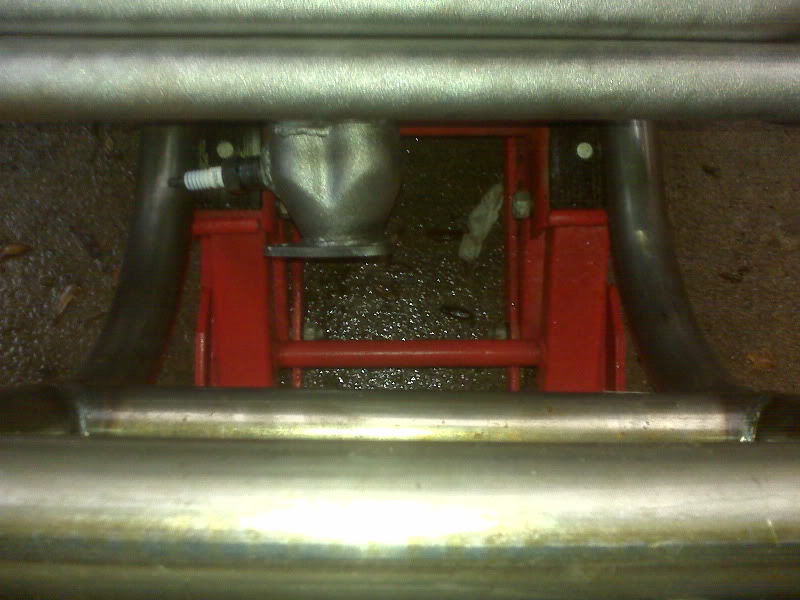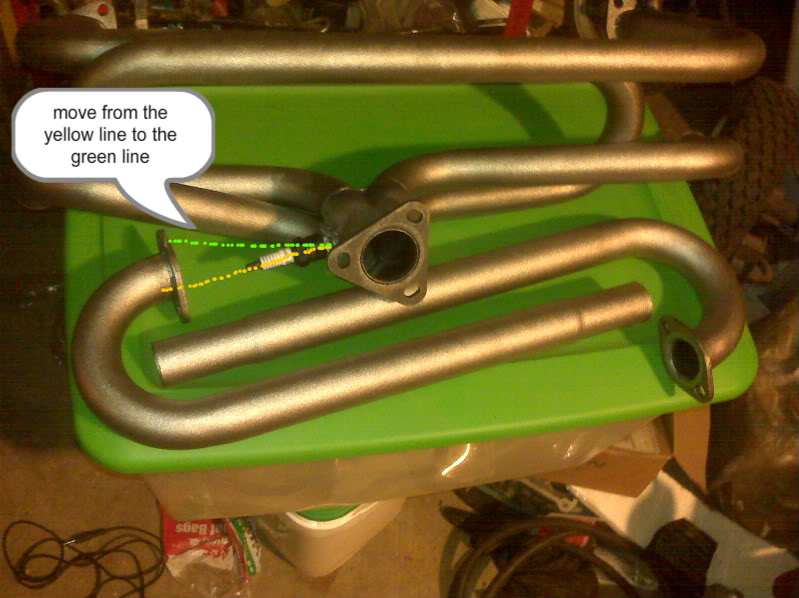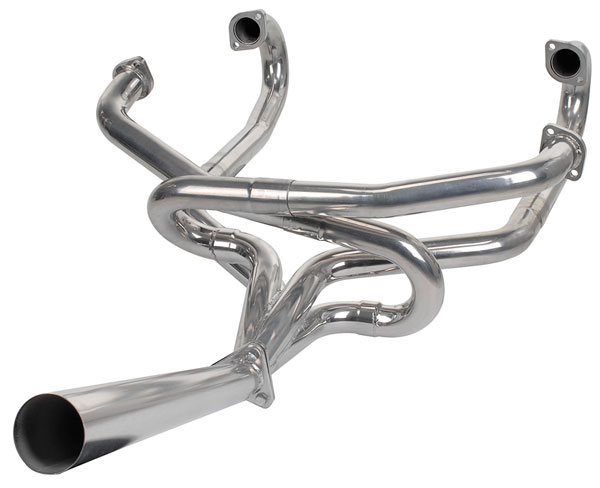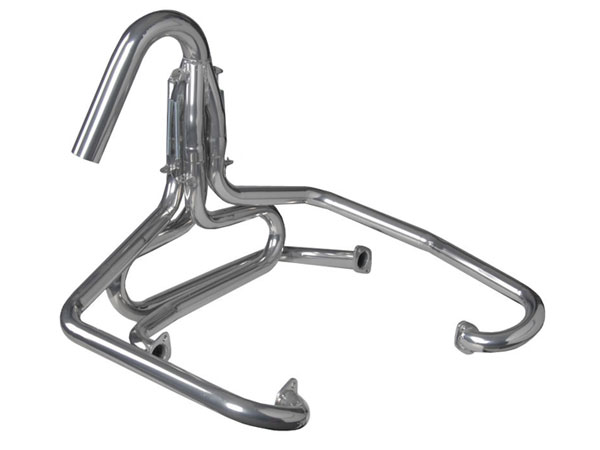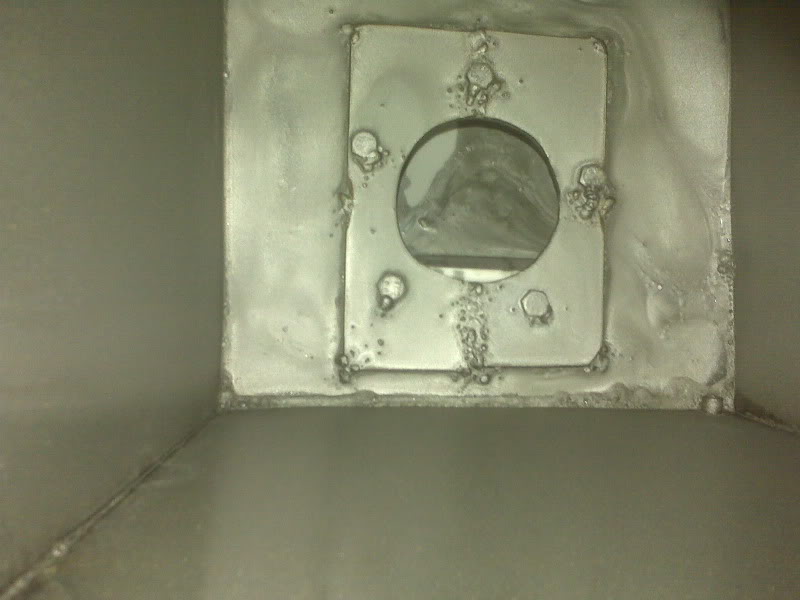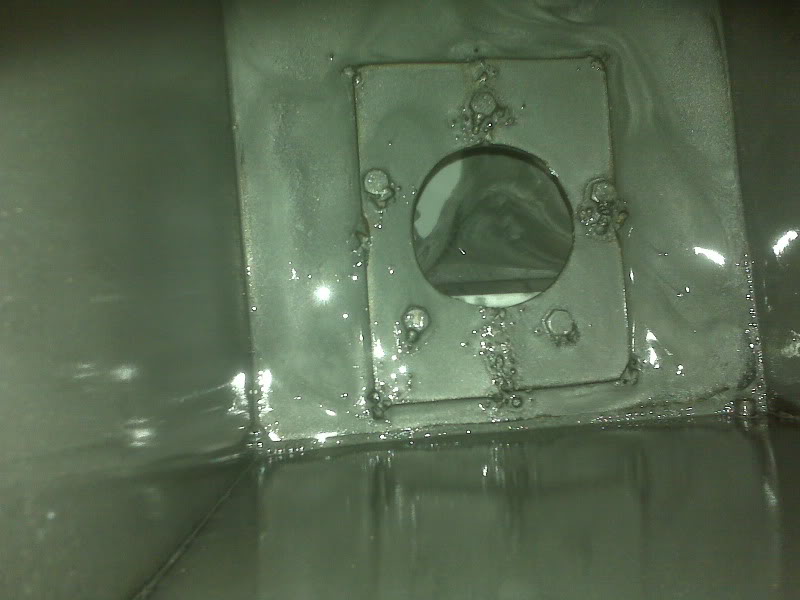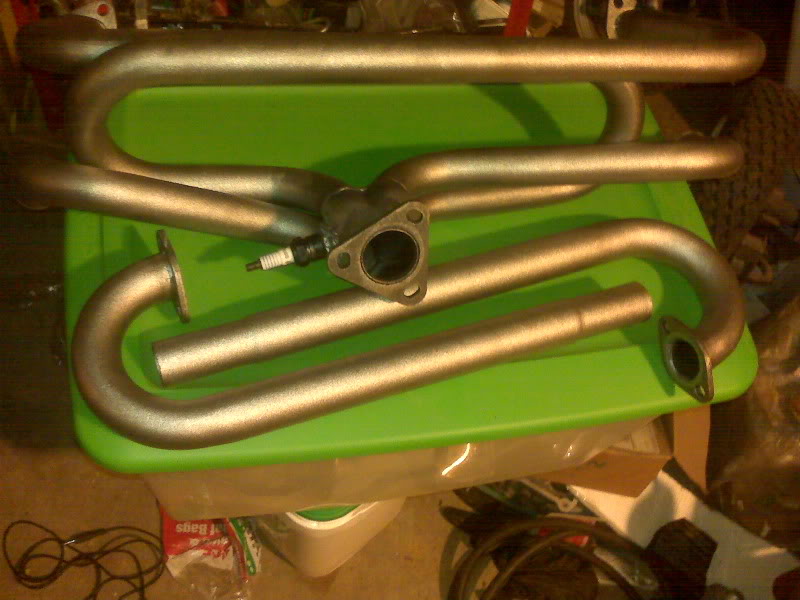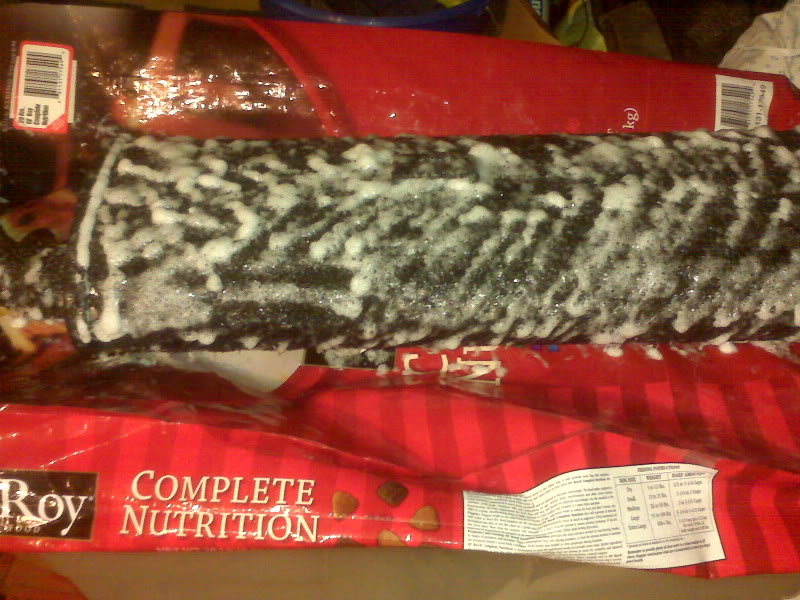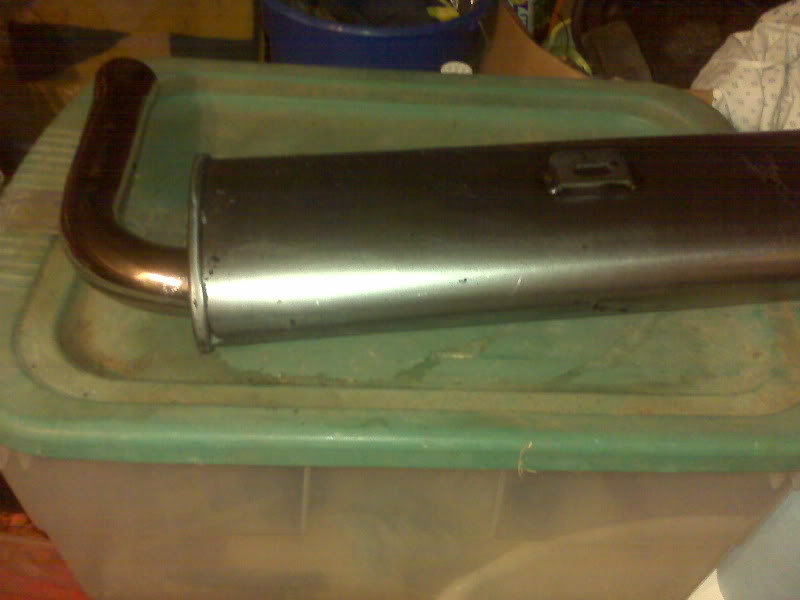When is wiring just wiring? I thought I had my wiring in pretty good trim, but after a season of tuning efforts, and hind sight, I put the project back into my surgery zone (in house, basement workshop) and totally rewired and relocated key items like Micro Squirt, relay board, etc. Seemed like things kept changing as I discovered what was working and what didn’t, that ended up requiring a total rethink on the original plan
I look on that as normal and fun, family tends to see it as compulsive MS disorder behaviour (CMSDB if you will)
Good luck on yours.
Lorne
All posts by admin
Malaria, Anyone?
Before the swarm of Asian Tiger Mosquitos chased me in the house, I got several more important bits done, leaving plenty to do tomorrow during the day while the vampiric minions from the East are busy dying from the Yard Guard.
While I will also be dropping the body off for upholstery, I intend to try to get enough done to attempt crank the engine. Admitedly, that’s pretty ambitious, butcha gotta have goals…
Mechanically, the biggest thing will be finishing off the fuel tank, which is putting the pump in it, putting the filler on top and mounting it. I also need to cut and mount the plate that all the relays and such will be mounting to.
After that, it’s just wiring. A lot of wiring, but just wiring.
The throttle body has connectors for the TPS and IAT sensors, as well as the IAC motor and two injectors.
Speaking of injectors, I still have not been able to identify the EX650 specific injectors well enough to discover their flow rates, so I substituted two injectors from the throttle bodies I removed from Buzz. Their flow rate is known to be 245 cc/min. Guessing at a couple other values and plugging them into the Req_Fuel calculator, these injectors should provide a reasonably long idle pulsewidth. This was a big issue with Buzz, where a 538cc engine was trying to idle when supplied with fuel from four of these injectors. This 1600cc engine with only two of them should be a better match. The nose of the 245cc injectors is slightly shorter that the stock ones, but I don’t expect it to be a problem.
But back to the wiring…
I have a waterproof box to put the ECU in. Hopefully it won’t run hot in there. All the relays and fuses will be on a plate or board just in front of the engine.
Re: 70-something Stires Trike
R100RT wrote:Very nice work, and project coverage.
Thanks! Having seen your own project documentation, I consider that high praise. ![]() I have browsed a LOT of these stories. I try to emulate the ones I have learned the most from, thus I tend to explain as much as I can, even when I screw up. It may help someone else. Heck, I might need to refer back to it to see what the heck I was thinking when I did *that*…
I have browsed a LOT of these stories. I try to emulate the ones I have learned the most from, thus I tend to explain as much as I can, even when I screw up. It may help someone else. Heck, I might need to refer back to it to see what the heck I was thinking when I did *that*…
Plus, I like to write almost as much as I like to talk.
R100RT wrote:Will your front wheel (I assume that’s the one you’re showing?) have disc brakes on it?
The front wheel is from a Honda Passport. I will be using the stock drum brakes. On a VW trike, especially one with a small front wheel, the front brake is little more than a handy way to keep the trike from rolling around at a red light. Between the light weight on the front and the relatively small bit of contact patch with the pavement, the front brake does not contribute significantly to the overall braking performance. It is easily overwhelmed by the relative bulk of the rest of the vehicle.
The old wheel has a really badly rusted section on the rim, so I wanted to replace the wheel for safety reasons. Since the “new” wheel has a functional brake, I have decided to use it. Besides, there is some question as to whether or not a trike with no front brake is actually legal in Texas. There are plenty of them out there, but there is conflicting information about it in the Texas Transportation Code. One bit says that rear brakes are all that is needed if they meet braking performance standards, which are fairly clearly defined. However, another bit says that brakes are required on all wheels of motorcycles, and since trikes in Texas are registered as motorcycles, many inspectors require brakes on all wheels.
R100RT wrote:…I’m considering stripping everying, and going with powder coating.
I personally like the look and feel of powder coating. I am very lucky that a friend works in a facility that powder coats some of their own products. So long as the color limitations (black, gray or baby poop brown) is not a problem and I’m willing to wait an undetermined amount of time for them to get around to it, I can generally get almost anything powder coated in exchange for beer. Since black is the only real choice with that, I decided that paint would be better for the wheel. Hopefully, I wont destroy the finish lacing the wheel.
Trigger Wheel and EDIS Sensor
It was trivial putting in on, but it sure looks good.
After a couple of trials by cutting, marking and folding, I arrived at this pattern for the bracket to hold the trigger wheel sensor. I marked it out on a piece of 16ga mild steel and cut it out with my benchtop bandsaw. I will attempt to never use anything else for cutting out this kind of stuff. It was fast and easy!
I proceeded to bend it into shape. As is often the case, the first bend was the easiest.
The next bend pretty easy, too. In my original plan, this bend would be 90 degrees, then the end would be cut to about 3/16″ to serve to stiffen the bracket in this dimension. Once the bend was made, however, I could not find a good way to make the third bend to my spec. I decided to fold the second bend flat, which will still stiffen the piece. Then the third bend was easy.
I cut a slot in the side brace and drilled the two top holes. It took a bit of grinding and tweaking to make it fit properly, as I expected since the pattern was made from very thin stock, compared to the final material.
I am pretty happy with the final bracket. A shot of Krylon X-Metals converter and purple paint and it’s done. I would have painted the distributor plug, but I can’t seem to find it tonight. Story of my life… ![]()
I also worked on the front wheel.
It’s here!
Trigger wheel ships!
Header Rework, Stinger, Bits and Pieces
Rather than completely duplicate the posting, I will simply refer you to this blog entry for the details of reworking the header.
In the intervening 5 days since that work was done, I’ve had little chance to work on anything before tonight.
On the engine/exhaust, I bolted on the header and carefully but temporarily placed the bumper to check for clearances, such as the O2 sensor. It clears nicely! If you are interested, you can refer to today’s blog post for more details about the bumper and other non-engine things.
I got the chrome stinger and baffle on the way home from work. It seems almost silly to pay $40 for what is essentially a slightly flared pipe with a flange, but I couldn’t make one anywhere as quickly as I picked one up. It is the swivel type and bolted on nicely, though I didn’t cinch it down permanently. I will need to remove it to drill the stinger and baffle for a retaining bolt. Sadly, this counts as the best picture I took of it. I will take a better one in the daylight and replace it.
I needed to see how the body cleared the bumper (it does) and while the body was down out of the rafters, I also verified that the throttle body and air filters will clear the body. Looks like it was designed around it!
Still here
What Fits and What Doesn’t
Header and bumper in the former, muffler in the latter…
No good deed goes unpunished. While waiting for my baja bumper to arrive, I insisted on staying busy and moving the project forward. I welded in a bung for the O2 sensor and handed the header off to a buddy to run through his shot peen machine. The muffler did not go through the machine, so on Friday I sprayed it with chemical paint stripper, which worked quite well. On Saturday, it was wet and yucky out, but I still managed to get a couple of things done on the trike, such as mocking up the bumper to see how it would fit and temporarily bolting on the header to see how it would clear.
Well, the header clears.
The O2 sensor and the muffler don’t.
From the pic, you can see that the spark plug hits the bumper. The O2 sensor is even longer and has wiring attached, so it definitely won’t clear. Moving the bumper downward might clear the sensor, but would not look right and probably wouldn’t work with the bumper’s top mount. Conequently, the sensor needs to move.
While I hate to weld in (or probably braze in this time) another bung and plug the first one, it won’t be very difficult. Another option, however, might be to heat the metal around the bung and lever upward on the plug, making it more parallel to the ground, rather than pointing slightly downward. This may clear the bumper and my planned receiver hitch.
As for the muffler, I don’t really like a stinger that much, largely because you have to remember to cover it in the rain to keep water from being funnelled directly into the engine, but they look and sound pretty good and it will fit and clear the bumper.
Perhaps in the future, I can get a muffler shop to bend up a pipe for me, maybe something like this.
The fuel tank is curing well. Only two or three more days to go….
Tank Liner and Exhaust
The tank liner stuff went well. It is silvery with what I presume are aluminum particles. Now begins the waiting as it cures for 4 days.
I got the exhaust back from the peen blaster. As expected, it has given the surface a little texture. The sparkplug left in as a thread protector appears untouched. Bizarre.
The muffler was not run through the machine; the operator was concerned that it might not survive the ordeal. I picked up a can of paint stripper and it has worked really well. I need to do some touch up removal and clean the residue off and it will be ready to paint.
